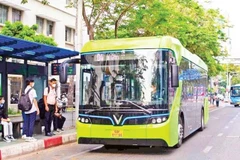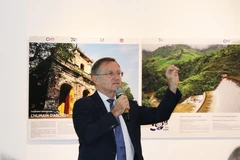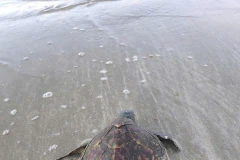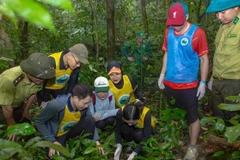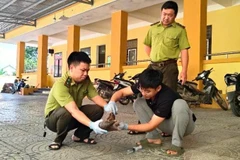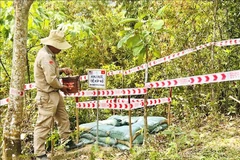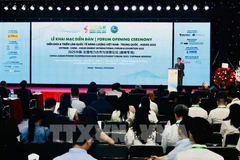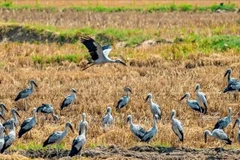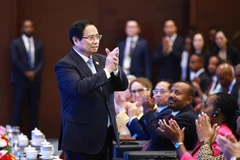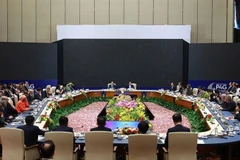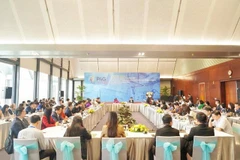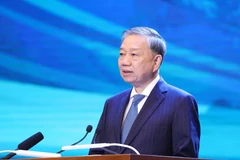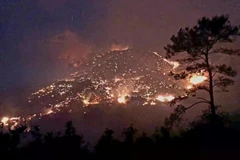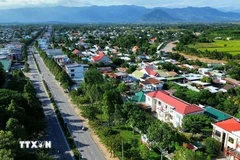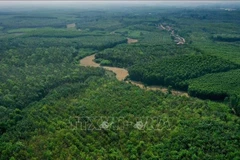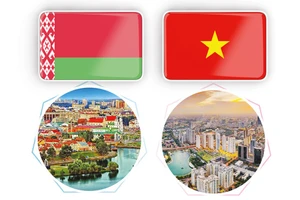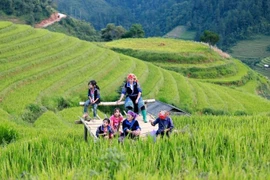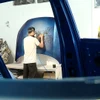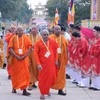ThePhong Khe waste paper recycling village in Bac Ninh City dailyreleases about 4,500-5,000cubic metres of waste water containing toxinswell above regulated levels.
They include chemicalsreleased into the water that prevents marine creatures from breathing.The amount of lead is reported to be more than five times higher thanregulated levels.
Dong Ky wooden furniturevillage in Tu Son Town is also seriously polluted with dust, exhaustfumes, noise and high temperatures from workshops and transportvehicles.
The survey conducted early this yearshowed the amount of dust in the village was often nearly four timeshigher than regulations allow.
The 24-km NguHuyen Khe River is polluted by five craft villages that oftendischarge solid waste and waste water into it.
Itwas estimated that more than 60 per cent of local residents had mentaland respiratory diseases, hearing problems and cancer.
Hoa blamed the lack of punishments for contributing to the problem.
"Local authorities are not competent to inspect and punishenterprises in industrial zones next to craft villages. We are only ableto join hand with the zone management boards to check them," he added.
Some villages have set up environmental sanitationteams, but their work is limited by a lack of funding. Sewerage systemsof most craft villages are often completely blocked.
Hoa saidbusiness owners paid little attention to investing in waste treatmentsystems.
"The province has set up regulations toprotect the environment in craft villages, which involves strictmeasures for violators, such as cutting off electricity and stoppingcapital that has been allotted," he said.
Last year,21 enterprises in Dong Phong Commune in Yen Phong District were cut offfor violating the environment protection law.
Theprovince also makes money available to enterprises to replace their oldequipment, which releases much waste.
"But the mostimportant thing is raising people's awareness about protectingenvironment," Hoa said.
"Since the beginning of thisyear, we have held training courses on the environment for localofficials and residents to raise their knowledge," said Hoa.
Luu Duy Dan, deputy chairman of the Viet Nam Association ofCraft Villages, said the association was considering shiftingenterprises causing serious pollution from residential areas.
"We will set up manufacturing areas depending on the specificcharacteristics of craft villages recycling steel and paper - and makingwooden furniture," said Dan.
This work will help separate andtreat waste easier, he added.
Bac NinhProvince , 20-km to the north of Hanoi has 62 craft villages, ofwhich 30 are traditional handicraft villages./.
